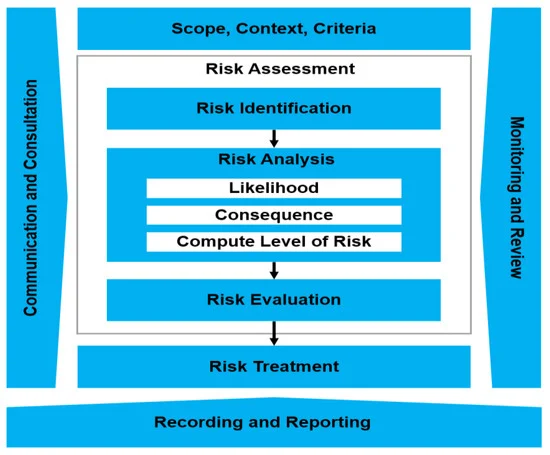One of the most challenging aspects of DORA compliance is managing third-party ICT service providers. The regulation introduces comprehensive requirements that go beyond traditional vendor management.
What Makes DORA Different?
Unlike previous regulations, DORA creates a framework for supervising critical ICT third-party service providers at the EU level. This means that major cloud providers and other critical ICT services will be directly supervised by EU authorities.
Key Requirements
1. Contractual Arrangements
All contracts with ICT service providers must include specific clauses covering:
- Clear service level descriptions and performance targets
- Full description of service locations
- Incident reporting obligations
- Right to audit and access
- Exit strategies and data portability
2. Risk Assessment
Financial institutions must:
- Identify and document all ICT third-party dependencies
- Assess the criticality of each service
- Evaluate concentration risk
- Conduct due diligence before contracting
3. Continuous Monitoring
Ongoing monitoring requirements include:
- Regular performance reviews
- Incident tracking and analysis
- Compliance verification
- Risk reassessment at defined intervals
Critical vs Non-Critical Providers
DORA distinguishes between critical and non-critical ICT service providers. Critical providers face direct oversight from the European Supervisory Authorities (ESAs), while financial institutions remain responsible for managing non-critical providers.
Implementation Steps
- Inventory: Create a complete inventory of all ICT service providers
- Classification: Categorize providers by criticality
- Gap Analysis: Review existing contracts against DORA requirements
- Renegotiation: Update contracts to include required clauses
- Monitoring: Implement ongoing monitoring processes
Common Challenges
- Large cloud providers may resist contract modifications
- Legacy systems with unclear dependencies
- Resource constraints for continuous monitoring
- Difficulty in assessing sub-contractors
Best Practices
- Start negotiations with critical providers early
- Use industry-standard contract templates where possible
- Automate monitoring where feasible
- Collaborate with industry peers on common challenges
- Maintain detailed documentation of all assessments
